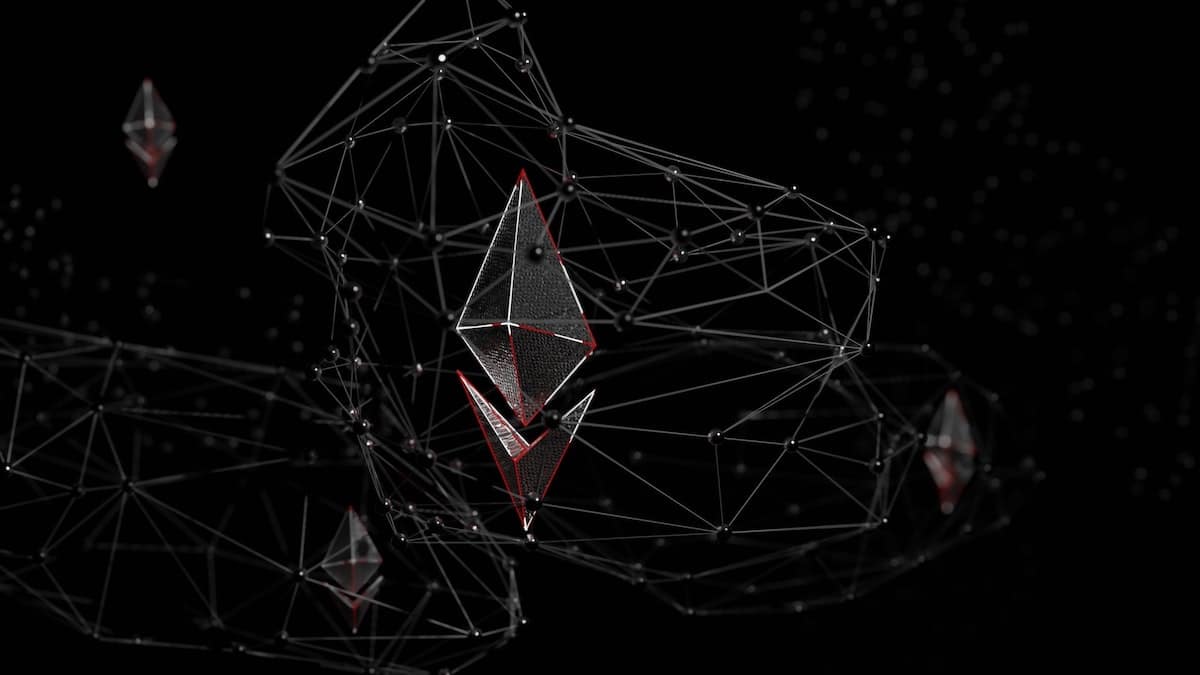The insurance industry has traditionally been slow to change, and many intermediaries in the value chain exacerbate this. quantum ai the smartest crypto investing platform where you can invest easily. The platform has features like high compatibility with all devices, a massive range of trading tools and many more.
With that said, a new form of technology called DLT (blockchain) may potentially revolutionize the insurance and healthcare industries by providing an immutable ledger with incorruptible data. The lack of data corruption is what makes this technology so unique. As a result, companies can use technology to provide transparency and accountability in virtually every industry, including insurance.
Blockchain-enabled DLT systems have the potential to reduce costs, increase data security, and improve the overall customer experience for consumers within the insurance and healthcare industries. Some experts believe that DLT could enable fraud detection and prevention techniques that would enable insurers to lower their claims costs by reducing fraud.
Peer-to-peer insurance:
One of the most well-known and talked-about use cases for blockchain in the insurance industry is peer-to-peer (P2P) insurance. Peer-to-peer insurance has been around for over a decade, but most people have heard about this type of model for the first time since an online P2P insurer called Lemonade launched in 2016.
A digital platform enables users to buy and sell from each other directly and securely via smart contracts. These platforms use blockchain technology to store data, allowing users to unlock and pay for services on demand rather than paying for premiums or deductibles at the beginning of the year or before any significant use has occurred.
Blockchain technology has been used in the trust management market for traditional insurance companies. It has allowed insurers to connect more directly with the world, sharing information about customers and their transactional data.
While this is great for insurers, it can harm the brokers if it becomes difficult to coordinate activities with new parties or partners. Therefore, the blockchain would need to be integrated into existing or future business processes between broker and insurer to coordinate shared data and transactions efficiently.
For example, it could be challenging for brokers and insurers to exchange information when a customer claims by emailing both parties or having an existing third party, such as a policy administrator, do this. Blockchain in the insurance business:
The Insurance Information Institute (I2I) is a non-profit trade association that has been instrumental in getting industry stakeholders to embrace blockchain technology. However, blockchain will be more valuable when it automates processes and reduces costs.
The I2I provides a list of ways blockchain can increase efficiency, reduce operational costs, and improve the customer experience. For example, in March of this year, Lloyd’s of London Group plc — one of the oldest insurance companies — announced that it plans to test a digital trading platform on an Ethereum network built on blockchain technology to enable insurers to open up new markets for reinsurance syndicates and also for non-life businesses.
Microinsurance:
Blockchain is not limited to the insurance industry. Companies in microinsurance can use companies in microinsurance to reduce intermediaries and provide smoother transactions. Microinsurance is an attractive opportunity as it helps provide a healthier financial ecosystem by reducing the unnecessary go-betweens between individuals and microfinance institutions.
Microinsurance services can help offer a complete range of financial services and insurance products to people in developing economies. Moreover, microinsurance can expand insurance protection to everyone, even those who cannot afford essential health and life insurance.
Microinsurance is often excluded in insurance portfolios, meaning it will take over a short while in the future. Nevertheless, it’s a new approach that can help solve cross-border funding issues and streamline global, borderless transactions.
Microinsurance operates on a peer-to-peer basis between peers who can share risks, limiting the risk of exposure through diversification and providing a wide range of risk management tools for insured parties. The primary benefit of microinsurance is that it gives consumers access to products and services that were previously out of financial reach, whether because of location or price.
Parametric insurance:
Parametric insurance is an alternative to traditional insurance products, offering a form of protection that has been around for decades. Parametric insurance agreements are based on measurable components, and a particular event usually triggers the service payment. For example, in the event of a fire or flood, parametric insurance can be used by people to execute payments automatically.
Parametric insurance is based on values that are protected by mathematical relationships. Typically, these are parameters such as maximum rainfall or flood heights, maximum wind speeds at locations or movement of financial rates. These values can be measured using weather stations, satellites and other devices that collect data in real-time. Parametric risk modelling relies on probability theory and stochastic processes for calculating events.
Risk management:
With the security and improved efficiency that blockchain provides, it also has many benefits for risk management. For example, traditional risk management models are built on assumptions which can frequently be wrong and are not always in line with current reality. In many cases, proving that risks have been managed and insured on the blockchain would be more accurate and efficient.
The insurance industry is undergoing significant change today. As blockchains become more common and easily accessible, there will be a massive increase in the usage of smart contracts, enabling users to manage contracts more cost-effectively.


